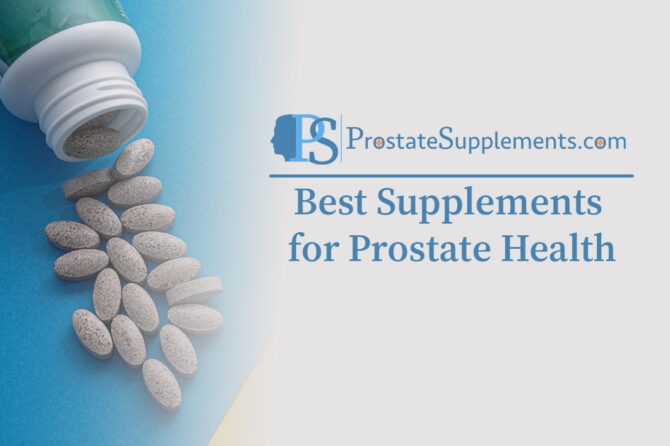
Ostrich Fern (Matteuccia struthiopteris) and Men’s Prostate Health
Abstract
Ostrich fern fiddleheads are an edible seasonal vegetable rich in antioxidants, carotenoids, and essential fatty acids. Despite promising nutritional properties, there are no clinical trials evaluating ostrich fern for benign prostatic hyperplasia (BPH), prostatitis, prostate cancer, or urinary outcomes. Any prostate-related benefits remain hypothetical, extrapolated from general anti-inflammatory and antioxidant mechanisms of plant phytochemicals. Importantly, food-safety guidelines emphasize that fiddleheads must be thoroughly cooked to prevent gastrointestinal illness. This review summarizes the botany, nutrient composition, possible relevance to prostate health, ingestion practices, and safety considerations while highlighting research gaps.
1) Botanical and Edibility Overview
- Species: Matteuccia struthiopteris, commonly known as ostrich fern. The edible part is the young coiled shoot, referred to as a “fiddlehead.”
- Identification matters: Not all ferns are edible. Some species, such as bracken fern, are carcinogenic and unsafe for consumption. Proper identification is essential to avoid accidental ingestion of toxic plants.
2) Nutritional & Phytochemical Profile
Ostrich fern fiddleheads contain a diverse array of nutrients and bioactive compounds, which form the basis for their potential health effects:
- Antioxidants: These include vitamin C, carotenoids such as β-carotene, lutein, violaxanthin, and zeaxanthin, as well as various phenolic compounds. These compounds collectively help neutralize free radicals, supporting general cellular health.
- Fatty acids: Ostrich fern has a desirable balance of essential fatty acids, with a favorable omega-6 to omega-3 ratio, which is associated with anti-inflammatory benefits.
- Other nutrients: Fiddleheads provide fiber, small amounts of protein, and trace minerals beneficial for overall metabolic and immune health.
Interpretation: While these nutritional properties suggest potential benefits for inflammation and oxidative stress, this does not equate to proven therapeutic effects for prostate conditions.
3) Prostate Health: Current Evidence
- Clinical research status: Currently, there are no human clinical studies examining ostrich fern’s direct effects on BPH, urinary flow, prostate-specific antigen (PSA) levels, or prostate cancer outcomes.
- Theoretical mechanisms:
- The antioxidants and phenolics found in ostrich fern could hypothetically reduce oxidative stress, a factor implicated in prostate enlargement and cancer development.
- Anti-inflammatory properties from its fatty-acid profile might benefit prostate tissue health indirectly.
Key takeaway: Ostrich fern should be regarded as a nutritious food that may complement a prostate-healthy diet, rather than a substitute for medical treatment.
4) Urinary Tract & Men’s Health Considerations
- Urinary function: There is no direct evidence that ostrich fern improves urinary tract health or alleviates symptoms like nocturia, frequent urination, or reduced urinary flow.
- Dietary patterns: In general, plant-rich diets high in antioxidants and anti-inflammatory compounds are associated with better urinary and reproductive health. Ostrich fern, when included in such a diet, could contribute to these broader benefits.
5) Safety, Contraindications, and Precautions
- Thorough cooking is essential: Raw or undercooked fiddleheads have been linked to foodborne illness, including severe gastrointestinal symptoms. The exact toxin responsible has not been fully identified, but cooking destroys the harmful component.
- Preparation guidelines:
- Boil fiddleheads in clean water for at least 10 minutes or steam them for 10–12 minutes.
- Discard the cooking water and do not reuse it.
- Avoiding toxic look-alikes: Bracken fern and other inedible species may resemble ostrich fern but contain carcinogenic compounds. Always source fiddleheads from trusted suppliers or learn proper identification methods.
- Medical considerations:
- There are no known drug interactions or established medicinal dosages.
- Safety has not been studied in pregnant or breastfeeding women or individuals with chronic illnesses.
6) Ingestion Methods (Culinary Use)
Ostrich fern should be treated strictly as a food product rather than a supplement or medicinal herb.
Preparation Steps:
- Cleaning: Rinse fiddleheads thoroughly to remove the brown papery coating and any dirt.
- Initial cooking:
- Boil vigorously for about 10 minutes or steam for 10–12 minutes.
- Drain and discard the water.
- Final preparation: After boiling, the fiddleheads can be sautéed, stir-fried, or added to dishes like soups, salads, or pastas.
Serving Size:
A typical serving is ½ to 1 cup of cooked fiddleheads. There is no established “therapeutic” dosage for prostate health.
7) Role in a Prostate-Friendly Diet
While ostrich fern alone cannot treat prostate conditions, it can fit well into a balanced dietary pattern designed to support prostate and urinary health.
- Combine with other foods: Include vegetables, fruits, omega-3-rich fish, whole grains, and legumes.
- Reduce inflammation: The antioxidants and fatty acids in ostrich fern complement other anti-inflammatory foods that collectively help lower chronic inflammation, which is linked to prostate enlargement and dysfunction.
- Lifestyle integration: Combine dietary changes with regular exercise, weight management, and appropriate medical screenings for a comprehensive approach to prostate health.
8) Research Gaps & Future Directions
There is significant potential for future study of ostrich fern, including:
- Human safety trials to establish tolerance and side effect profiles.
- Biomarker studies to measure effects on inflammation, oxidative stress, and PSA levels.
- Controlled clinical studies evaluating its impact on BPH symptoms, urinary flow, and quality of life.
- Phytochemical analysis to identify and standardize bioactive compounds.
Conclusion
Ostrich fern is a nutritious seasonal vegetable with a unique phytochemical composition, making it a valuable addition to a healthy diet. While its antioxidant and anti-inflammatory components suggest theoretical benefits for prostate and urinary health, there is no clinical evidence to confirm such effects at this time. Proper cooking is essential to ensure safety, and it should never be consumed raw or undercooked. Men seeking to improve their prostate health can include ostrich fern as part of a varied, plant-rich diet, but it should not be relied upon as a substitute for medical treatment or screening.
Leave a reply

Leave a reply